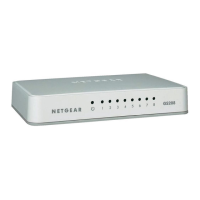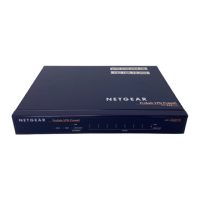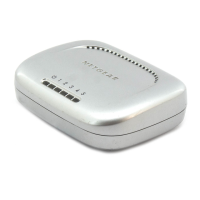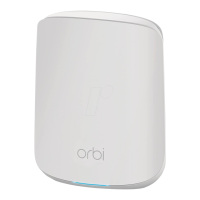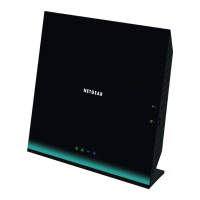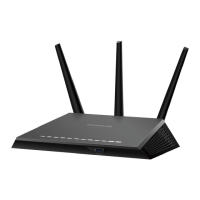Why is my PC unable to load any web pages from the Internet using NETGEAR FVS318G - ProSafe Gigabit VPN Firewall Data Sheet Router?
- VVanessa ColeJul 31, 2025
If your PC can't load web pages while connected to your NETGEAR Network Router, it might not recognize any DNS server addresses. Another possible cause is that your PC does not have the NETGEAR Network Router configured as its TCP/IP gateway.



